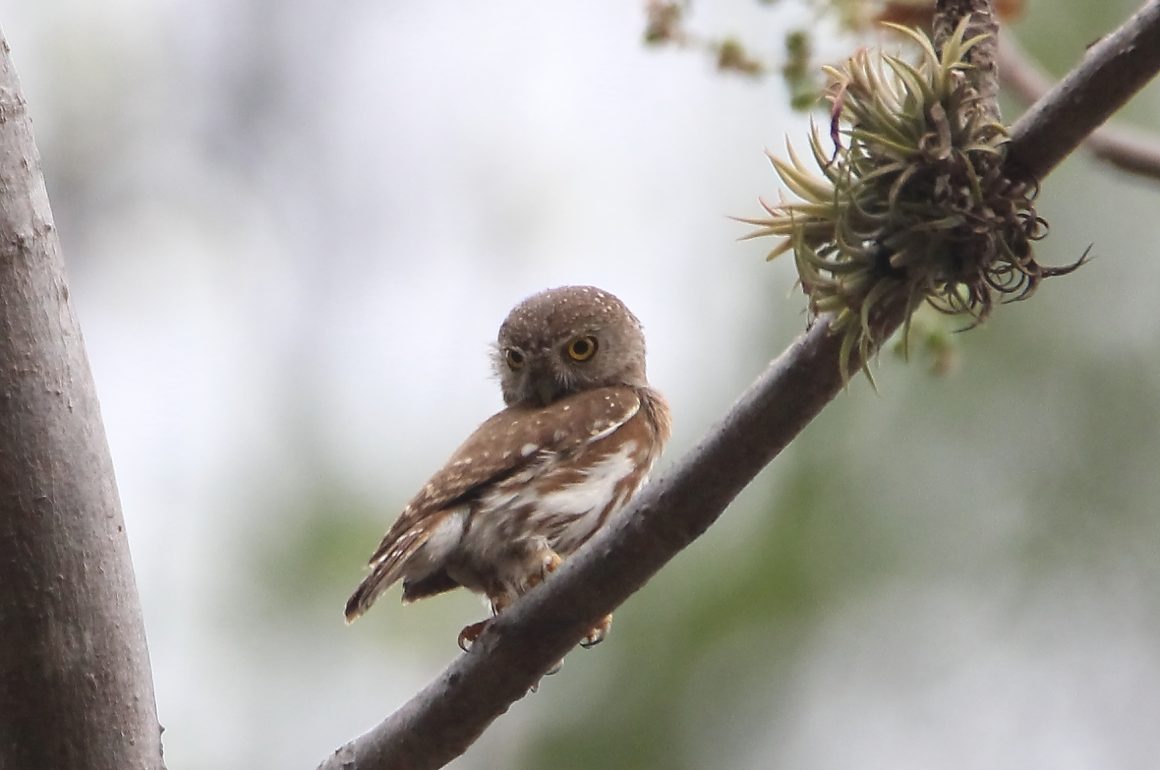
My ornithologist birding buddy Jonathan Vargas happened to be in town last week, with some time off from his excellent work as a birding guide and researcher. He wanted to go looking for the Slaty Vireo at my site of El Temascal, but I rained on his parade by pointing out that I had only seen this elusive species there three times in 35 visits to the site, and never in the past five years. Instead, he graciously agreed to go to Copuyo, a little town he found last year. Copuyo is an hour away from our homes in Morelia, 1,000 meters (3,300 ft) downhill, and only three kilometers (2 miles) away from the also-small town of Paso Ancho, my favorite site for Tierra Caliente (Hot Country) endemics. But Copuyo is on the shady side of the valley, which results in some different and interesting species.
Our eventual goal there was a forested ravine about two kilometers up, where we had seen a pair of Colima Pygmy-Owls a few months before. A Ferruginous Pygmy-Owl, toot-toot-tooting next to a long-billed Plain-capped Starthroat, tried to distract us on our way. But eBird has some 43 lists with Ferruginous Pygmy-Owls for each list with a Colima, so we soldiered on.
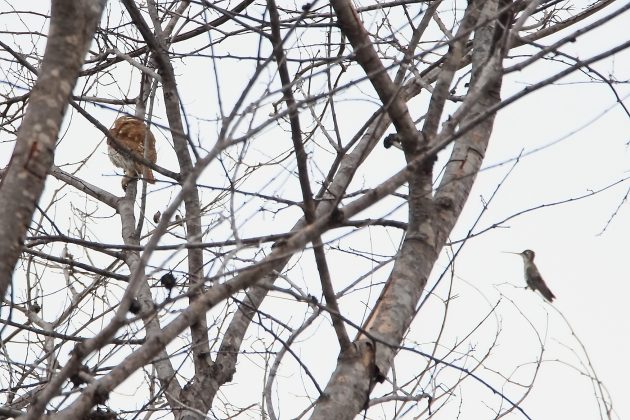
Just before we reached our target ravine, we heard the more tentative toots of the Colima Pygmy-Owl. No sooner had we spotted that bird, when we heard a second. And when we later walked on to a more distant canyon, we saw a third!
The Colima Pygmy-owl is smaller than its Ferruginous cousin. In fact, this true owl is only the size of a House Sparrow. It has white dots on its crown, as opposed to the white streaks of the Ferruginous, and three light tail stripes instead of seven. As my photos here reveal, it also prefers more wooded spots, and likes to perch among lots of branches. This makes photographing it a challenge.
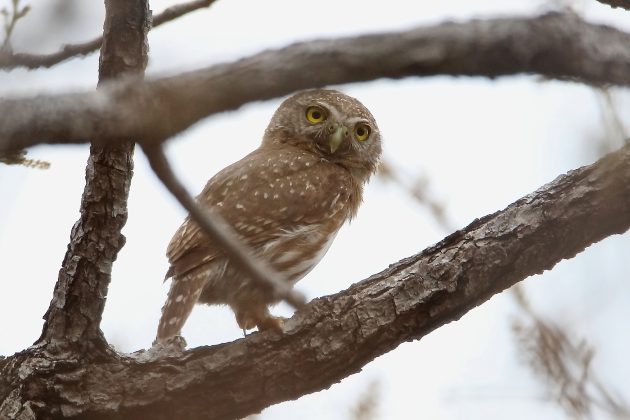
EBird has only 4,000 lists which included the Colima Pygmy Owl. (The Ferruginous Pygmy-Owl turns up 174,000 times.) Our sighting is only the tenth for our state of Michoacán, and the very first repeat sighting in a single spot here. So if you ever come to Michoacán and want to see it, well, we might just know where you can.
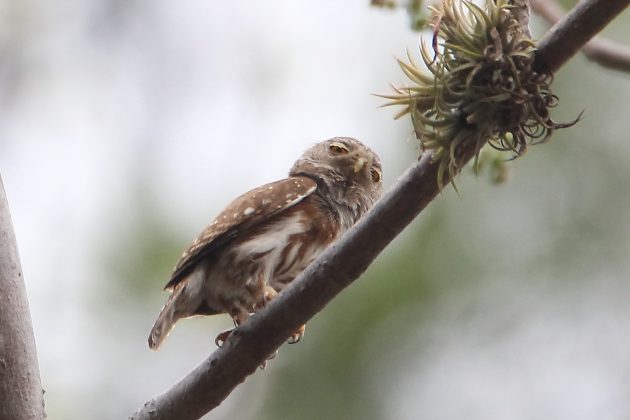
We saw or heard 44 other species on that particular walk, and I’ll get back to some of them in a bit. But first I will move on to two other places we stopped once we finished with Copuyo. First, we made stopped at one of my Paso Ancho spots, and managed a too-brief-for-photographs sighting of some very endemic Banded Quails, which were our target species for that stop.
Then we had just enough time to stop and follow the uphill path at the above mentioned El Temascal, a highland town on the way back to Morelia. Please excuse me for mentioning that I had some gastric distress on our way up, which kept us from reaching the specific spot where I had seen the Slaty Vireo five years earlier. When I made my reappearance, we decided we would have to turn around and head back to our car. But we had barely started walking downhill, when we heard an unmistakeable song. Could it be? Yes, it was! The adult Slaty Vireo allowed us little time for photographs, and in the excitement, I did not remember to adjust my light levels. My photos were rather sad, although sufficient for an ID. But happily, Jonathan did much better. The Slaty Vireo is a lovely little bird.
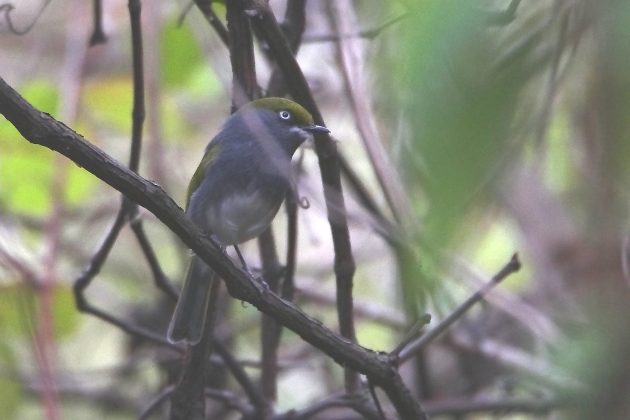
Here’s the best I could do with my best photo. You know… “Bird photography is my passion.“
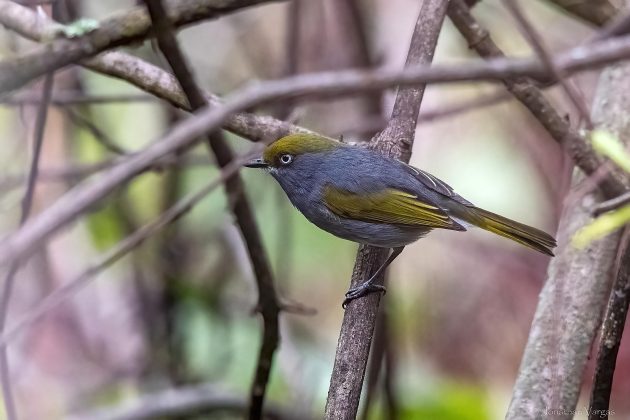
Jonathan’s photo was quite an improvement.
These two birds were certainly the ones that made our day. But you cannot head into these spots without seeing many other interesting and/or beautiful birds. So I’ll just show a few of those as well:
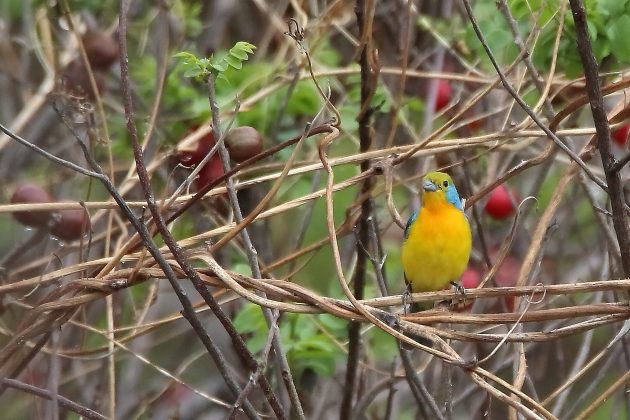
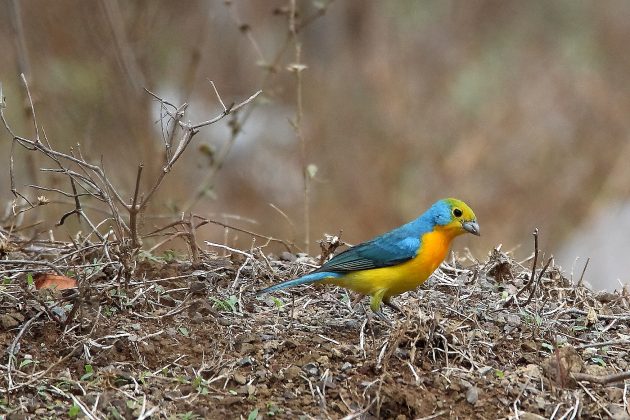
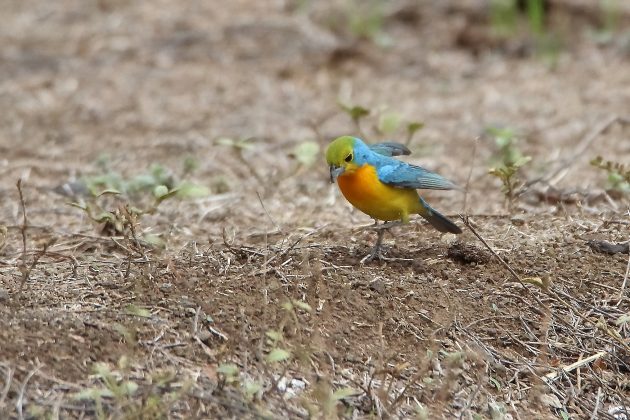
The always stunning Orange-breasted Bunting, perhaps the most beautiful of the Tierra Caliente endemics
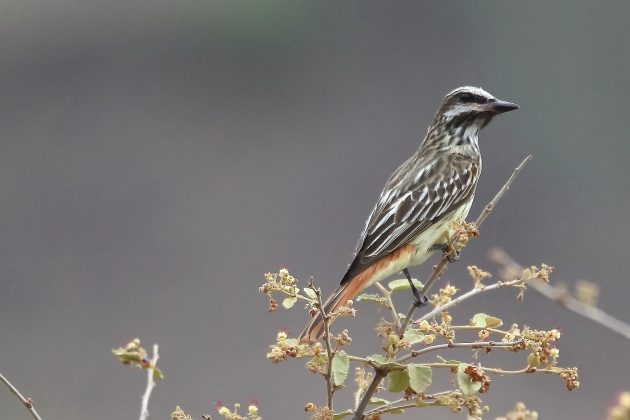
A nice view of a Sulphur-bellied Flycatcher
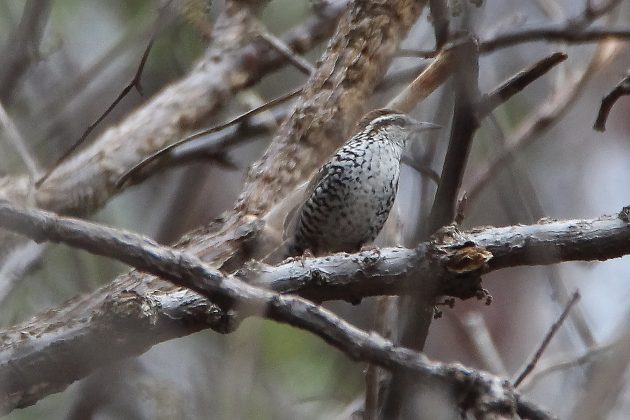
The beautiful song of the Banded Wren is always heard from multiple directions in Tierra Caliente. But they are rarely seen, and when they are, it is always in dense brush.
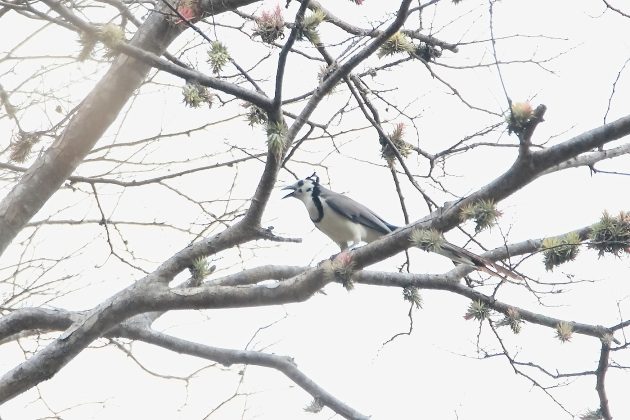
A pair of White-throated Magpie-Jays turned up along the Copuyo trail! These highly intelligent birds seem to know how to make sure they are always heavily backlit.

An endemic Golden-cheeked Woodpecker showed interest in a stand of Paso Ancho cactus.

As did a Streak-backed Oriole.
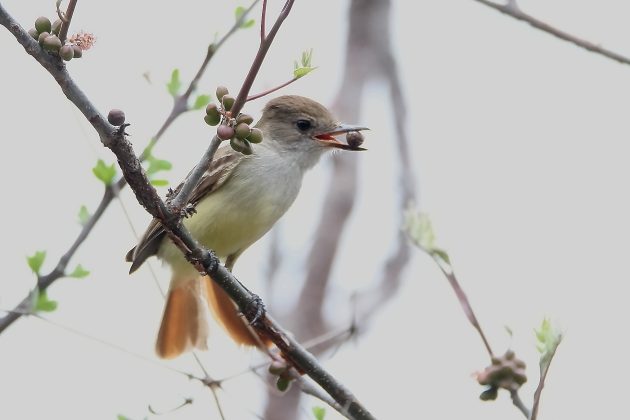
A Nutting’s Flycatcher enjoyed a tasty pillbug.
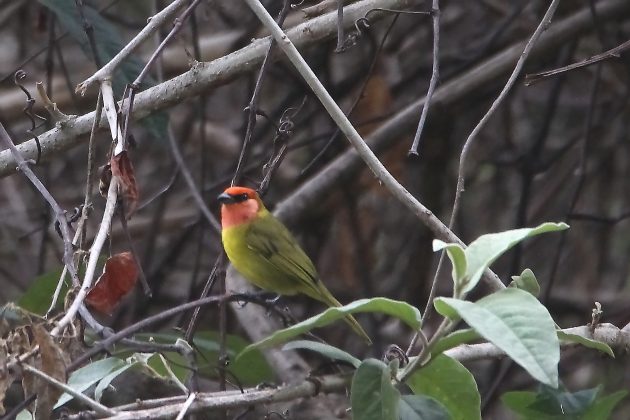
Up in El Temascal, we enjoyed seeing an endemic male Red-headed Tanager.
We finished the day with 67 species seen, so there were quite a few other beauties in the mix. Tierra Caliente is home to many colorful species. But these were the ones that gave me the best photos on this day. I wish it were always that easy!









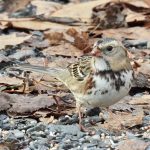
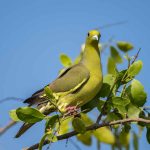


Paul, I love your writing about the wonderful birds you see in your home in Mexico. I hope I may be able to visit Mexico one day and see some of these incredible birds. Thank you!